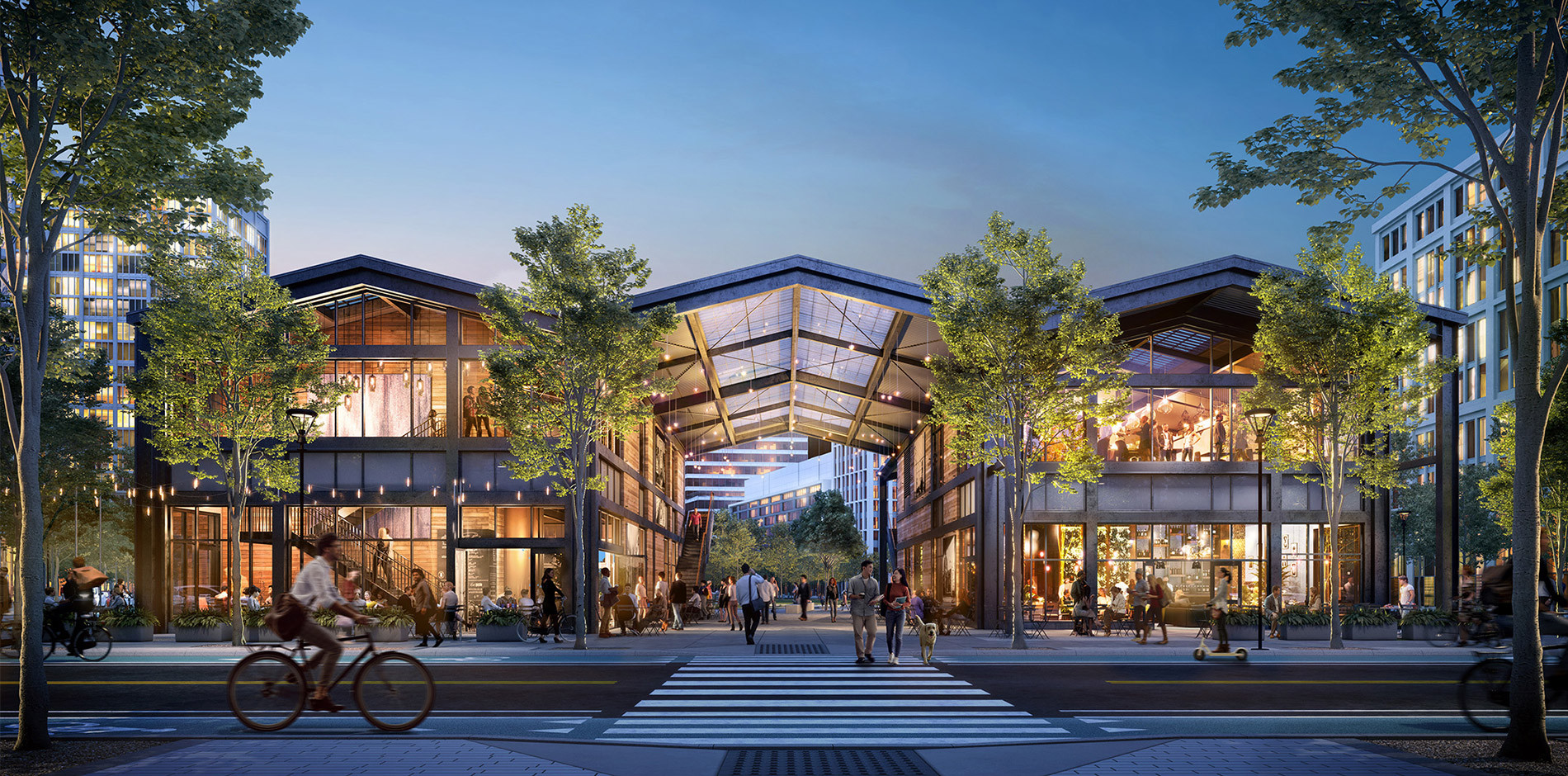It’s understood that the pandemic is reshaping the retail industry and how malls will position themselves moving forward. Owners and developers are faced with the challenge of big-box stores leaving them with empty anchor space, and without retail tenants who are immediately able to fill it. While some developers are shifting gears—like Simon Property Group’s potential partnership with Amazon—this provides others an opportunity for creativity. Retail has always found a way to bounce back, and as developers and owners look to the future and how to create a successful property, two key areas of focus should be diversification and customer safety.
Driving Foot Traffic through Diversification
Prior to Covid-19, we saw more mall owners incorporating storefront medical, wellness, fitness centers, offices, restaurants and residences into their portfolios. Cambridge Crossing, currently underway in Massachusetts’ East Cambridge, is combining commercial, retail, and residential space alongside public and green space and science and tech facilities to create an all-encompassing destination for consumers. Patriot Place in Foxborough, Massachusetts recently added Brigham Health and Brigham and Women's/Mass General Health Care Centers to round out its tenant roster, which had previously been retail and hospitality-focused.
With the lasting effects of the stay-at-home orders shifting even more consumer spending to online, it is critical for owners and developers to take stock of their tenants and diversify their properties, providing a multitude of reasons for consumers to leave their homes for mixed-use destinations. While one specific tenant may drive a consumer to a mall, its variety of offerings will lead them to explore and spend more time there. With this in mind, we anticipate properties parceling out large, anchor tenant spaces to create real estate for multiple new, varied tenants.
Establishing Consumer Confidence through Safety
Appealing tenants aren’t anything without consumer trust and confidence, so mall owners and developers need to ensure their mitigation strategies provide customers reassurance and transparency that they are in a clean, safe space. This comes from the implementation of safety measures—from plexiglass installation to scheduled deep cleanings—along with refreshes and renovations that reduce surface areas and integrate touchless technology. The health and safety of both customers and employees must remain a top priority.
These two considerations are pivotal for mall properties now and in the post-coronavirus world—the pent-up demand for socialization will prove beneficial for owners and developers that act now to position their properties as go-to gathering destinations known for variety and safety.
By Shawn Taylor, Senior Director
